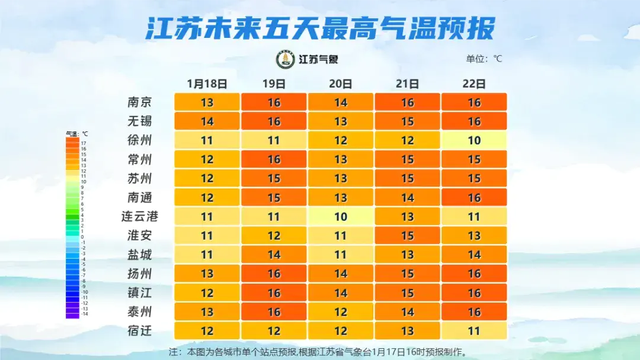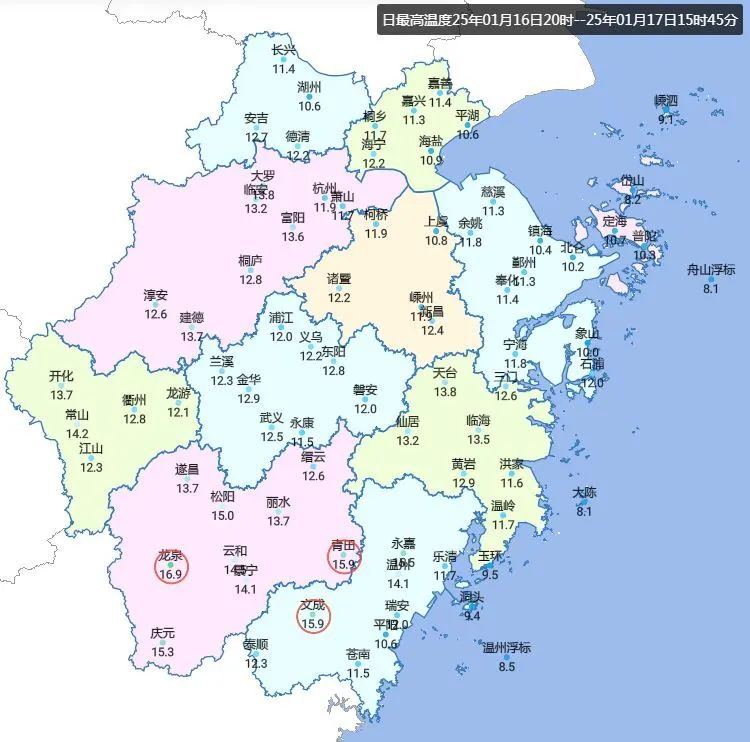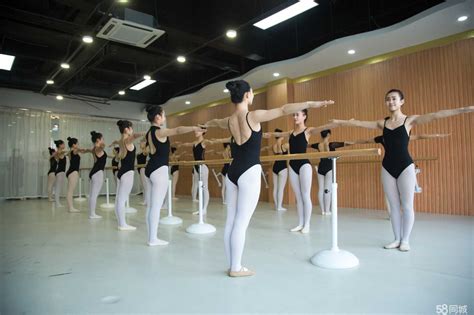体育舞蹈的国际比赛
Title: Exploring the World of International Competitive Dance Sport
International competitive dance sport, also known as international ballroom dancing, encompasses a variety of dance styles and disciplines that are recognized and regulated by international dance organizations. Here are some of the key categories and styles within the world of international competitive dance sport:
1. Standard Ballroom Dance:
The standard ballroom category includes five dances: waltz, tango, Viennese waltz, foxtrot, and quickstep. Each of these dances has specific technical requirements and characteristics, and they are performed in both individual and couple formats.
2. Latin American Dance:
The Latin American category features five energetic and rhythmic dances: samba, chachacha, rumba, paso doble, and jive. These dances are known for their vibrant music and highenergy movements, and they also involve both individual and couple performances.
3. Ten Dance:
Ten dance competitions require participants to perform both standard ballroom and Latin American dances. This category tests the dancers' versatility and proficiency in a wide range of styles.
4. Formation Dance:
Formation dances involve a team of couples performing synchronized choreography. These routines often incorporate elements of both standard and Latin dances and require excellent teamwork and coordination.

5. Argentine Tango:
While not always included in traditional competitive ballroom dance events, Argentine tango is a popular and expressive dance style that has its own competitive circuit and events.
6. Showdance:
Showdance, also known as exhibition dance, allows dancers to combine elements of various dance styles to create unique and creative performances. This category often emphasizes creativity, musicality, and storytelling.
International competitive dance sport events are governed by organizations such as the World Dance Council (WDC), the World DanceSport Federation (WDSF), and various national and regional dance associations. These organizations establish rules and standards for competitions, provide certification for dance instructors and adjudicators, and organize prestigious international events such as the WDSF World Championships.
For those interested in pursuing competitive dance sport, it is essential to find qualified instructors and training facilities that focus specifically on the techniques and styles required for international level competitions. Additionally, staying updated with the latest rules and regulations from relevant dance organizations is crucial for success in this highly competitive and visually stunning sport.
In conclusion, international competitive dance sport encompasses a diverse range of dance styles and categories, each with its own unique technical and artistic challenges. Whether you are drawn to the grace of standard ballroom dances, the passion of Latin rhythms, or the creativity of showdance, there are ample opportunities for dancers to explore and excel in the world of competitive dance sport. With dedication, discipline, and a passion for movement, aspiring dancers can embark on a rewarding journey within this vibrant and dynamic sport.
I hope this brief overview provides some insight into the exciting world of international competitive dance sport. If you have any further questions or need guidance on specific aspects of this topic, feel free to ask for more information!











